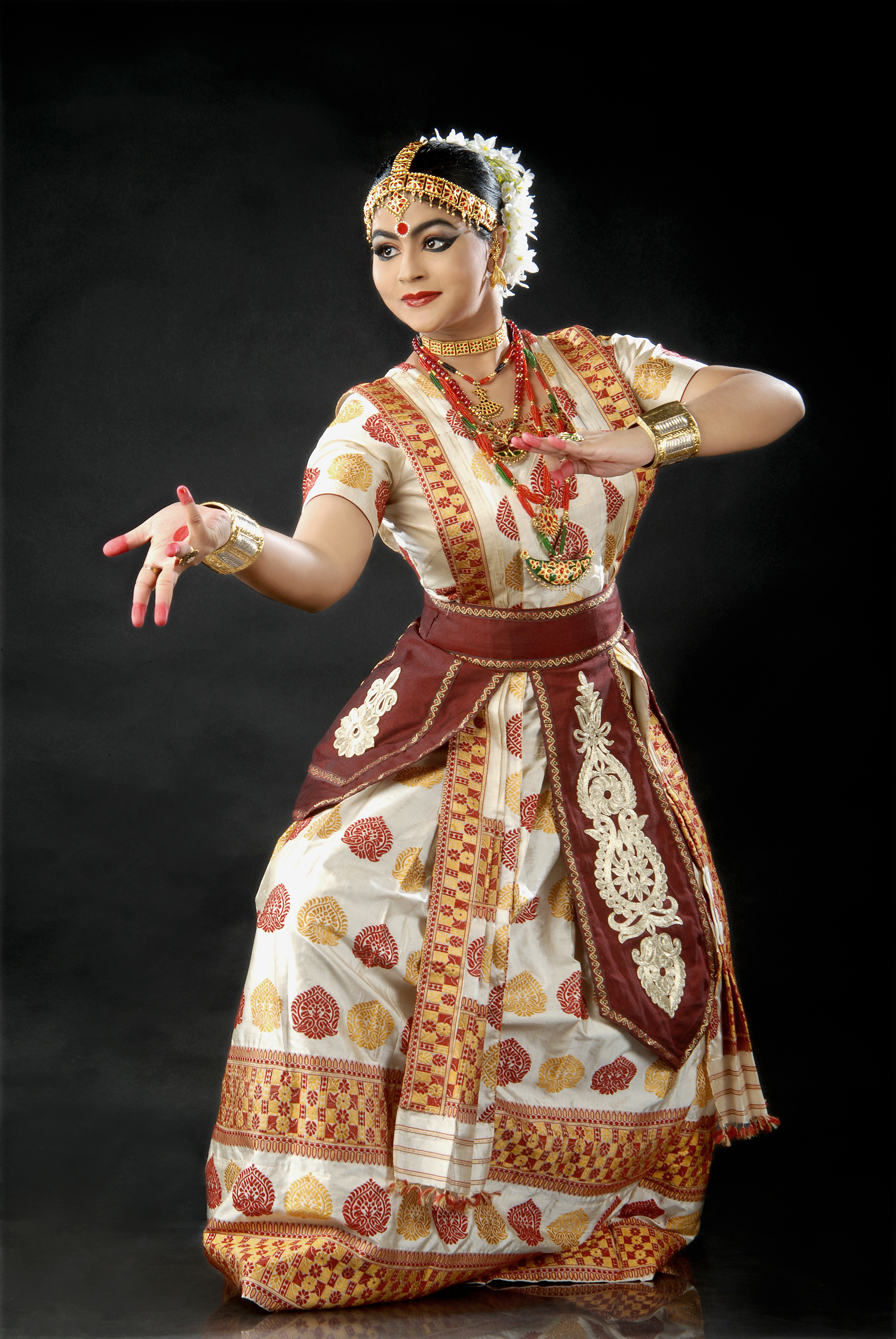The term Bhaṅgṛā recommends the customary move beginning in the Majha space of the Punjab region;free structure standard Bhangra starting in Punjab, India and front line Bhangra made by the Punjabi diaspora.
Bhangra, society move and music of the Punjab (northwestern India and northeastern Pakistan) and the perceptible music sort that rose up out of it in the mid-to-late twentieth century. Made in two separate yet savvy styles—one focused in South Asia, the other inside the South Asian culture of the United Kingdom—the more forward bhangra mixes particular Western standard musics with the central Punjabi custom. It respects an immense following in South Asia and inside the South Asian diaspora.
The term bhangra at initially designated a specific move performed by Sikh and Muslim men in the creating area of the Punjab scope of South Asia. The move was associated fundamentally with the spring harvest party Baisakhi, and it is from one of the enormous eventual outcomes of the harvest—bhang (hemp)— that bhangra drew its name. In a standard execution, several specialists executed overwhelming kicks, bounces, and spots of the body to the fortification of short tunes called boliyan and, most in a general sense, to the beat of a dhol (twofold headed drum). Hit with a stunning blender toward one side and with a lighter stick on the other, the dhol drenched the music with a syncopated (accents on the delicate beats), swinging cadenced character that has general remained the sign of any music that has come to hold up under the bhangra name.
In the mid-twentieth century the bhangra move started to get unmistakable quality past the Punjab, and, as it did in this way, it found the opportunity to be secluded from the green cycle, making as a general portion of wedding great times, birthday parties, neighborhood fairs, and particular festivals. With the adjustment in setting came changes in different parts of custom. The term bhangra extended to hide the move furthermore the instrumental and vocal music that was connected with it; the colossal dhol was supplanted by the comparable yet littler dholak, played with the hands; different neighborhood instruments, for case, the flute, zither, fiddle, harmonium (an adaptable, hand-pumped organ), and tabla (pair of single-headed drums)— were added to the fortification; and the subjects of the tune works reached out from developing topics to circuit scholarly, contemplative, and unnoticeably comic material. In the later twentieth century, guitar, mandolin, saxophone, synthesizer, drum set, and other Western instruments were added to the get-together.
Bhangra is a red hot sort of music and move that started in the Punjab locale in Southeast Asia. The same number of Bhangra verses mirror the long and as a rule tumultuous history of the Punjab, learning of Punjabi history offers fundamental bits of data into the criticalness of the music. While Bhangra started as a touch of harvest party good times, it as time goes on changed into a touch of such fluctuating events as weddings and New Year festivities. Moreover, amidst the most recent thirty years, Bhangra has altogether delighted in a surge in fame around the world, both in standard structure and as a mix with sorts, for occasion, hip-skip, house, and reggae. As Bhangra keeps moving into standard culture, a comprehension of its history and convention values it.
While Bhangra understudies of history figure the move may have begun in the time of the wars with Alexander, nobody is certain it existed until around five hundred years back. Around the fourteenth or fifteenth Century, Punjabi wheat ranchers moved and sang melodies about town life to hang free while working in the fields. With time, these wound up being a touch of harvest good times at Bhaisakhi (April 13) merriments, as seeing their things getting the opportunity to be vivified the agriculturists. From here the move instantly experienced all divisions of class and course, as time goes on changing into a touch of weddings, New Year parties, and other basic events.

